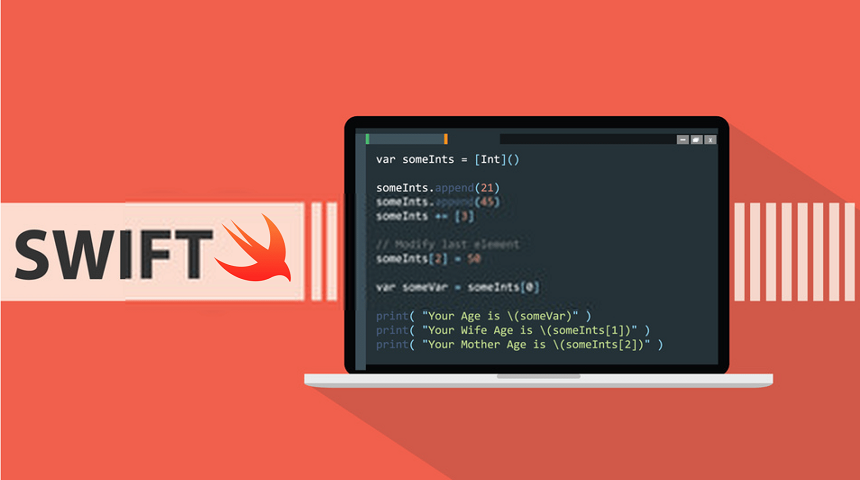
Free eBooks for Beginners
f you’re new to SWIFT programming, you may be wondering what extensions are and how they can be used to make your code more efficient and readable. In this article, we’ll introduce you to the basics of extensions in SWIFT and explain how they can be used to extend the functionality of existing types.
What are Extensions?
An extension is a way of adding new functionality to an existing type in SWIFT. This means that you can add new methods, properties, and initializers to existing types, even if you don’t have access to the source code. This can be useful when you want to add functionality to a third-party library, or when you want to add new methods to built-in types like Strings or Arrays.
Adding Functionality with Extensions
With extensions, you can add new methods and properties to existing types, and even create new initializers. This means that you can extend the functionality of existing types to meet your specific needs, without having to modify the original source code.
For example, you might have a custom class for handling dates, but you’d like to be able to compare dates using the less than or greater than operators. You could extend the Date class with a new method that compares two dates, and then use the less than or greater than operators to compare dates.
Conforming to Protocols
One of the most powerful features of extensions is the ability to conform to protocols. Protocols are essentially a set of rules that dictate what methods and properties a type must have. By conforming to a protocol, you can add new functionality to your types that conforms to a specific set of rules, making it easier to work with your types in a standardized way.
For example, you might have a custom class for handling dates, but you’d like to be able to sort an array of dates. By conforming to the Comparable protocol, you can add a method that compares two dates, and then use the sorted method to sort an array of dates.
Conclusion
Extensions are an essential tool for making your code more efficient and readable in SWIFT. By adding new functionality to existing types, you can simplify your code and make it easier to work with, whether you’re working with built-in types or third-party libraries. Whether you’re a beginner or an experienced developer, understanding the basics of extensions will be an important step in your journey to becoming a skilled SWIFT programmer.
Cookbook – SWIFT for Beginners – Chapter 19: Extensions
 Loading...
Loading...
Disclaimer: The information and code presented within this recipe/tutorial is only for educational and coaching purposes for beginners and developers. Anyone can practice and apply the recipe/tutorial presented here, but the reader is taking full responsibility for his/her actions. The author (content curator) of this recipe (code / program) has made every effort to ensure the accuracy of the information was correct at time of publication. The author (content curator) does not assume and hereby disclaims any liability to any party for any loss, damage, or disruption caused by errors or omissions, whether such errors or omissions result from accident, negligence, or any other cause. The information presented here could also be found in public knowledge domains.